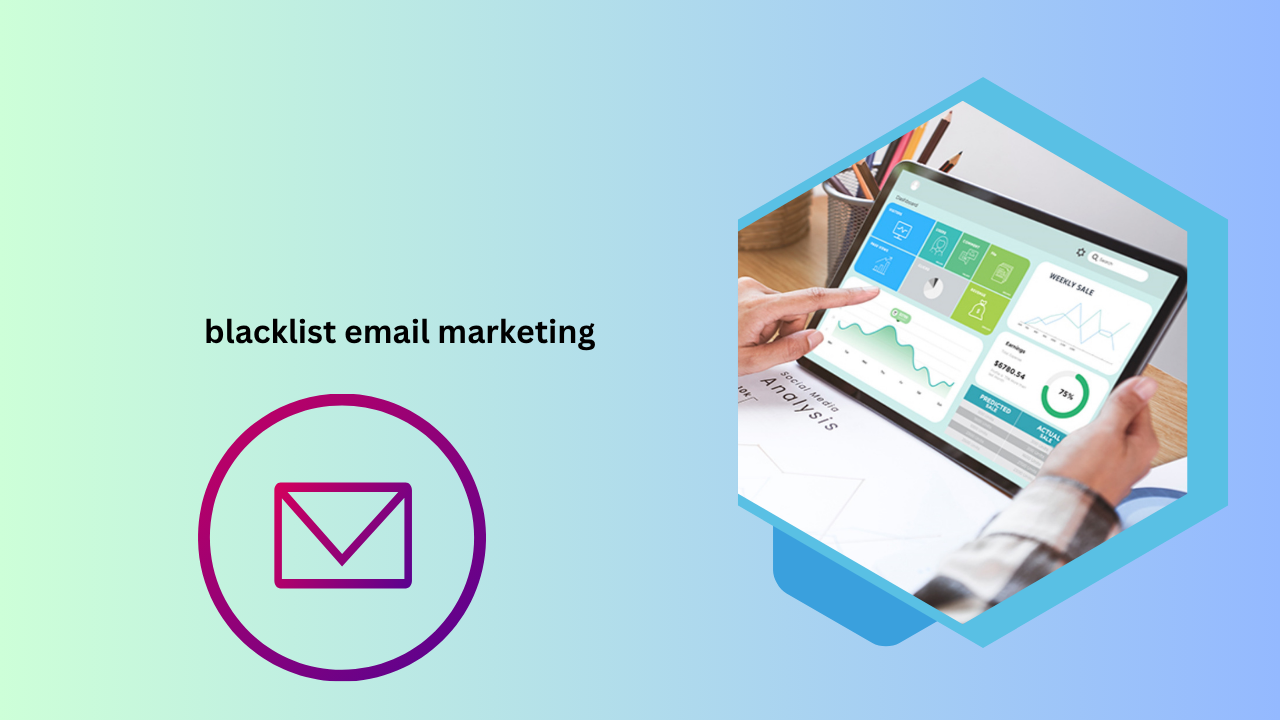What Is a Blacklist in Email Marketing?
In simple terms, a blacklist is like a "do not call" list for email. When an email server or a company's domain is on a blacklist, internet service providers (ISPs) like Google or Yahoo will not let emails from that source go through. The main reason for blacklists is to protect people from spam. Spammers send millions of unwanted emails. Blacklists help filter out these bad actors. They block their emails before they ever reach an inbox. So, if your business's email is blacklisted, your emails could be blocked. This means your customers might not get your newsletters or special offers. Being on a blacklist can seriously harm your email marketing efforts.
How Do Blacklists Work?
Blacklists are managed by different organizations. They collect information about email senders. They look for signs of spamming. For example, they might notice if a sender sends a large number of email data emails at once. They might also see if many people mark an email as spam. When these things happen, the organization adds the sender's IP address or domain name to their list. Email providers then use these blacklists. They check incoming emails against these lists. If an email sender is on a list, the email provider might block the email. They might also send it to the spam folder. Therefore, a blacklist is a kind of public record. It shows who has a bad reputation for sending emails.
Types of Email Blacklists
There are different kinds of blacklists. Some are very large and public. Others are smaller and more private. Firstly, some blacklists are based on IP addresses. An IP address is a unique number that identifies your email server. If a lot of spam comes from one IP address, that IP can get blacklisted. Secondly, some blacklists are based on domain names. A domain name is the part of your email address after the "@" symbol. If spammers use your domain name, it can be blacklisted. Furthermore, there are private blacklists. These are used by individual email providers. For example, Gmail might have its own list of bad senders. These are not public. Finally, there are also reputation-based blacklists. These look at a sender's history. They track how often a sender's emails are opened or marked as spam.

Why You Might Get Blacklisted
Getting blacklisted can happen for many reasons. Sometimes it's a simple mistake. Other times, it's a sign of a bigger problem. One common reason is sending emails to a lot of old or inactive email addresses. When you send emails to these addresses, they might become "spam traps." These traps are email addresses that are no longer used but are monitored by blacklist organizations. Sending emails to these traps can get you blacklisted. Another reason is a high number of spam complaints. If too many people click the "report spam" button on your emails, you will likely get blacklisted. This often happens if you send emails to people who never gave you permission to contact them. Additionally, sending a large volume of emails at once can sometimes be a red flag.
How to Check if You're on a Blacklist
It's important to know if your emails are being blacklisted. There are many free online tools that can help you check. You simply type in your domain name or your email server's IP address. The tool will then check a list of common public blacklists for you. These tools are fast and easy to use. Some popular ones include MXToolbox and Spamhaus. However, remember that these tools only check public blacklists. They will not tell you if you are on a private one. If you notice a sudden drop in your email open rates, it might be a sign that you have been blacklisted. So, regular checking is a good practice. It helps you stay on top of your email marketing health.